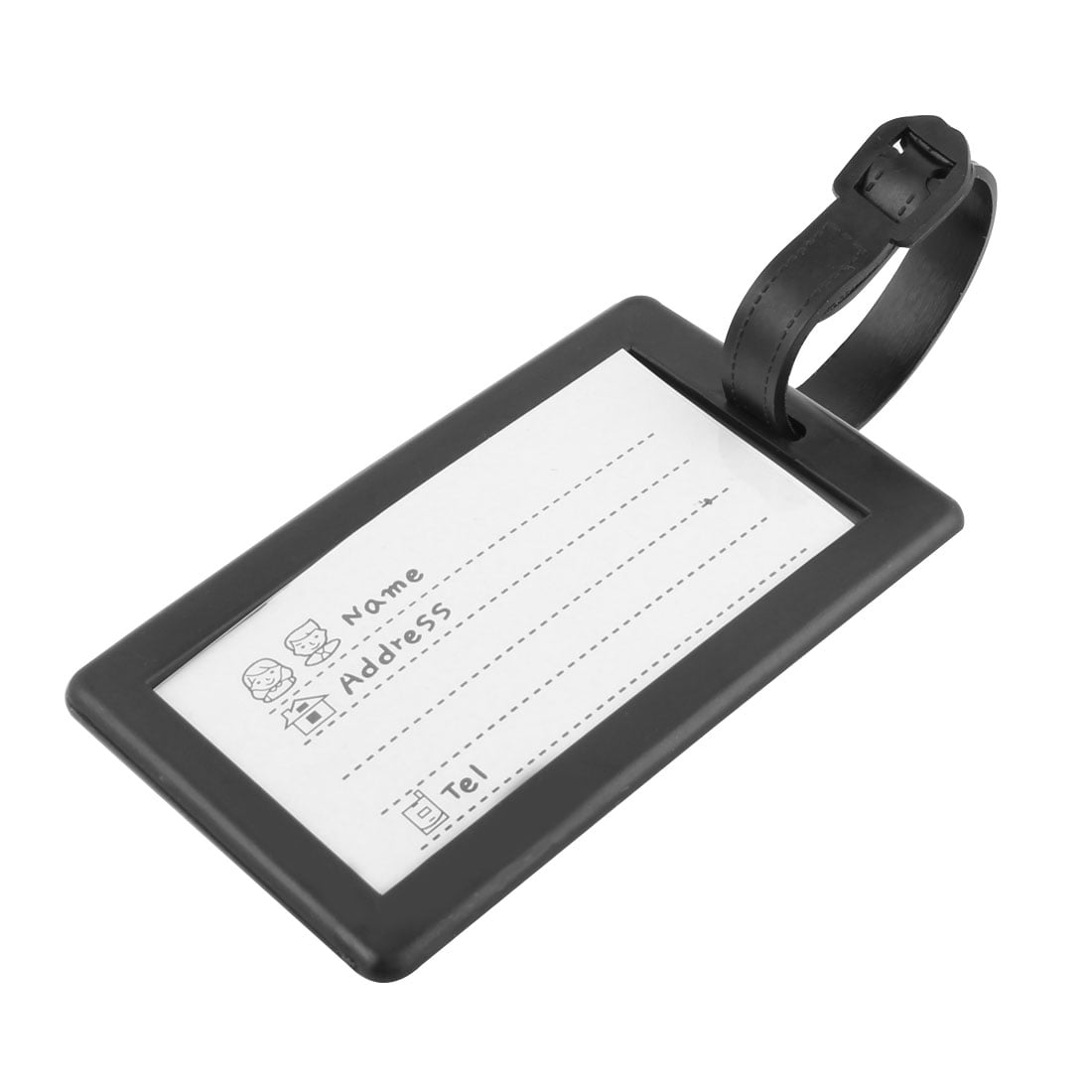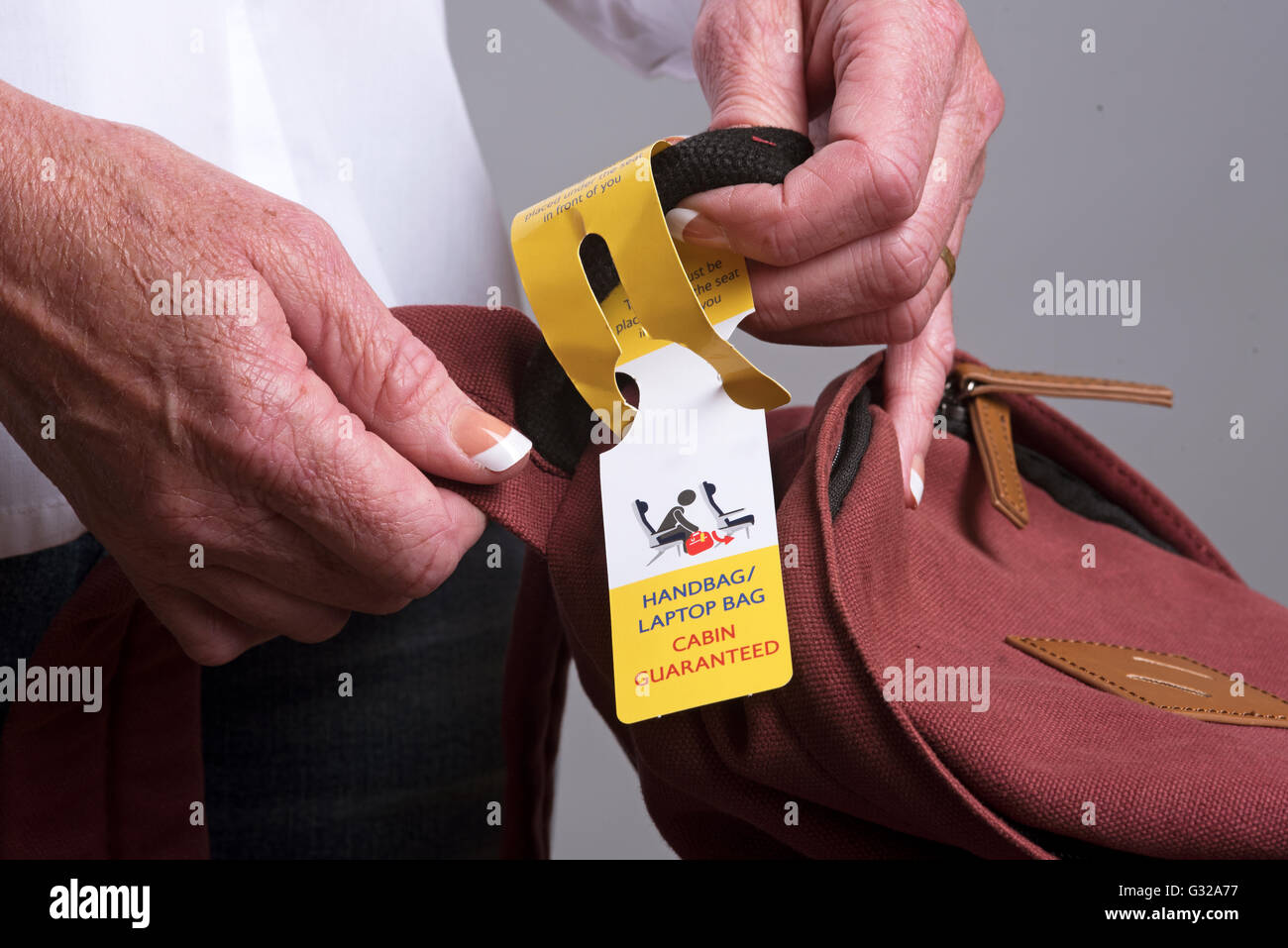


More recently, the likes of Lufthansa and EVA Air have made e-tags available to passengers via the RIMOWA Electronic Tag suitcase but uptake has been slow and a solution that will work for all passengers – economy and premium alike – has failed to gain widespread traction to date. Reusable, electronic bag tags have been touted as a possible solution, or at least part of the solution, ever since Air France-KLM unveiled its eTag back in 2014. Electronic bag tags Passengers flying with Lufthansa, SWISS and Austrian Airlines can now use the re-usable, electronic BAGTAG device. According to IATA, by 2036 7.8 billion people are expected to use air transport and while the association has spoken of the need to address a potential “infrastructure crisis”, the industry is actively embracing innovation to tackle the challenge. However, as passenger numbers increase, and the number of bags being brought into airport terminals rises too, airports and their airline partners are faced with the challenge of handling more passengers and bags within infrastructure that was never designed to cope with such volumes. In many airports, rather than having to queue up to have a check-in agent print the bag tag and inject the luggage into the baggage handling system (BHS), passengers have been empowered to take care of this process on their own, often with much-reduced queuing times. Over the last decade, the introduction of self-tagging and fully automated self-service bag drop has enabled airlines and airports to reimagine the way bags are handled in the check-in hall.


 0 kommentar(er)
0 kommentar(er)
